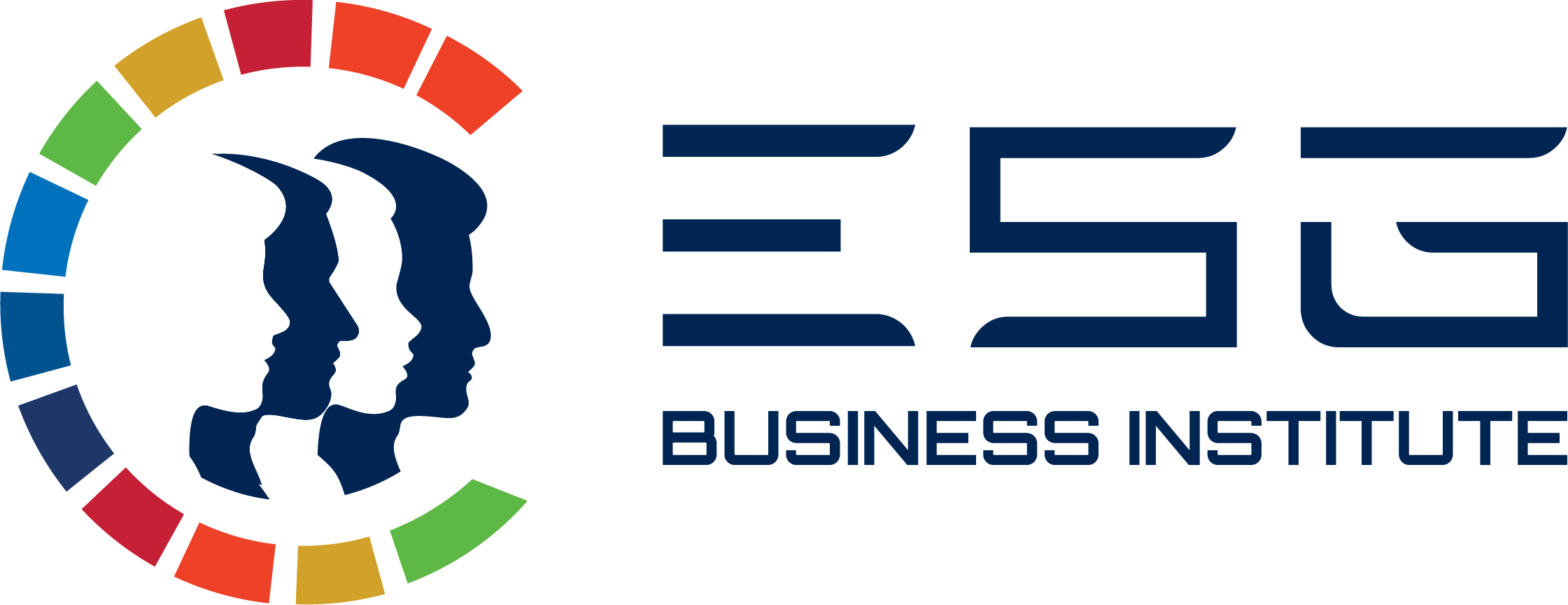
What the latest research reveals about regenerative practices
Across vineyards, scientific practice, agricultural finance, and rural communities, this week’s studies show that lasting ecological improvements depend on reconnecting ecology, knowledge, incentives, and social life.
Each piece highlights a part of this puzzle: vineyards where biodiversity rebounds when plant diversity returns; a call for biology to restore its integrative, natural-history foundations; carbon markets that can finance regenerative transitions when built on credibility and farmer benefit; and the social capital that ultimately determines whether regenerative practices endure. They remind us that regeneration works only when ecological design, epistemic balance, financial scaffolding, and social cohesion are aligned.
Dive into more details below:
-
Extensive vineyard management: Diverse groundcovers and reduced chemicals boost biodiversity and ecosystem services globally, amplified by semi-natural habitats.
-
Reclaiming biology’s core: A call to re-center natural history, taxonomy, and organismal insight as equal partners to modeling and molecular tools.
-
Carbon credits for regeneration: Credible carbon finance can turn regenerative agriculture into climate mitigation and rural livelihood infrastructure.
-
Regeneration is social: Trust, networks, and collective identity are the often-missing foundations enabling durable regenerative agriculture transitions.
This Journal of Environmental Management review reframes vineyards, one of the world’s most pesticide-intensive farming systems, as a promising arena for nature-based solutions. Synthesizing 822 datasets from 221 studies across global wine regions, the authors show that extensive vineyard practices—vegetation cover, reduced pesticides, diverse cover crops—boost biodiversity and ecosystem services by an average of 14.2% compared to intensive management.
The meta-analysis highlights how reintroducing plant diversity into vineyard inter-rows catalyzes ecological recovery. High-diversity cover crops deliver the strongest gains, enhancing carbon sequestration (+37.8%), erosion control (+26.4%), soil fertility (+19.9%), and natural pest control (+16.4%). Crucially, the study positions vineyards within broader landscapes: semi-natural habitats act as amplifiers, significantly strengthening the positive effects of extensive management, especially for pest control, by serving as refuges and source habitats for beneficial species. The article ultimately argues that viticulture’s environmental footprint can be reduced not through technological fixes, but through ecological design: diverse groundcovers, fewer chemicals, and landscapes stitched with natural habitat.
Read more: Extensive vineyard management and semi-natural habitats increase biodiversity and ecosystem services: insights from a global meta-analysis (Journal of Environmental Management)
This essay argues that contemporary biology risks hollowing out its core by surrendering too much to the reductionist logics of mathematics and chemistry. The author critiques how ecological modeling, genomics, sequencing, and metabarcoding, while powerful, have come to dominate biodiversity research at the expense of natural history, taxonomy, and organismal understanding. The result is a field in which elegant equations and vast molecular datasets are mistaken for knowledge, even as species-level understanding erodes under the “taxonomic impediment.”
The article traces this drift to a hierarchy of prestige: predictive models and molecular tools are valorized, while descriptive, field-based, and contextual approaches are dismissed as old-fashioned. It highlights the dangers of substituting models, imputed traits, expert opinion, and machine-generated sequences for empirical observation—surrogates that risk reifying guesses as facts.
The essay calls for a rebalancing: reviving taxonomy, reintegrating molecular and ecological insights within holistic frameworks, prioritizing scenario building over rigid prediction, and embracing uncertainty and contingency—the very qualities that define living systems. Training and publishing structures must shift away from hyperspecialization so that biology can once again connect genes, organisms, and ecosystems within a unified natural history.
Read more: Biodiversity Is Neither Mathematics nor Chemistry (SCIRES-IT Special Issue)
This chapter, in the book Carbon-Negative Agriculture within the series of Sustainability Sciences in Asia and Africa (SAFS), frames regenerative agriculture (RA) as a core strategy for achieving carbon-negative farming systems across Asia and Africa. Against a backdrop of severe soil carbon loss and accelerating ecological degradation, RA is presented as a holistic approach rooted in minimizing disturbance, maintaining soil cover, increasing biodiversity, retaining living roots, and integrating livestock. These principles rebuild soil organic carbon, enhance water and nutrient cycles, and strengthen resilience to climate extremes.
A central contribution of the chapter is its detailed account of carbon credits and ecosystem service payments as financial mechanisms to scale RA. By outlining the full carbon credit pipeline—baseline assessments, digital MRV, verification, and participation in voluntary carbon markets—the authors show how carbon finance can create new revenue streams for smallholder farmers. Bundling credits with yield insurance, linking RA to corporate insetting, and aligning practices with national climate commitments further broaden the incentive landscape.
Technological tools—AI-driven carbon modeling, drones and IoT soil sensors, variable-rate input technologies, biochar, and microbial biostimulants—are positioned as essential to lowering monitoring costs and ensuring credible carbon accounting. Combined with supportive policies, localized frameworks, and farmer training, these interventions aim to transform agriculture into a driver of ecological restoration, rural prosperity, and climate mitigation across the regions highlighted in the SAFS series.
Read more: Policies and Technological Intervention for Regenerative Agriculture and Carbon Credits to Achieve Carbon-Negative Agriculture (Carbon-Negative Agriculture)
This Discover Agriculture review reframes regenerative agriculture by shifting attention from soils and yields to the social capital that makes regenerative transitions possible. Synthesizing 43 studies from an initial pool of nearly 400, the authors show that trust, networks, shared norms, and collective action are not peripheral—they are the infrastructure that sustains knowledge exchange, experimentation, and long-term adoption of regenerative practices.
Across diverse contexts, the review finds that social capital shapes RA through five interconnected dimensions:
-
knowledge exchange and learning systems;
-
community building and collective identity;
-
trust and relationship quality;
-
participation; and
-
organizational networks.
These relational dynamics determine whether farmers access new ideas, innovate collectively, build resilience, and engage with institutions. Yet despite their importance, the authors argue, social dynamics remain inconsistently integrated into RA policy, research, and evaluation frameworks. By positioning social capital as foundational rather than secondary, the article urges a more holistic view of regenerative transitions—one that treats community cohesion, peer networks, and local governance as critical drivers of ecological restoration.
Read more: Beyond soil and yields: a systematic review of social capital’s role in regenerative agriculture (Discover Agriculture)






